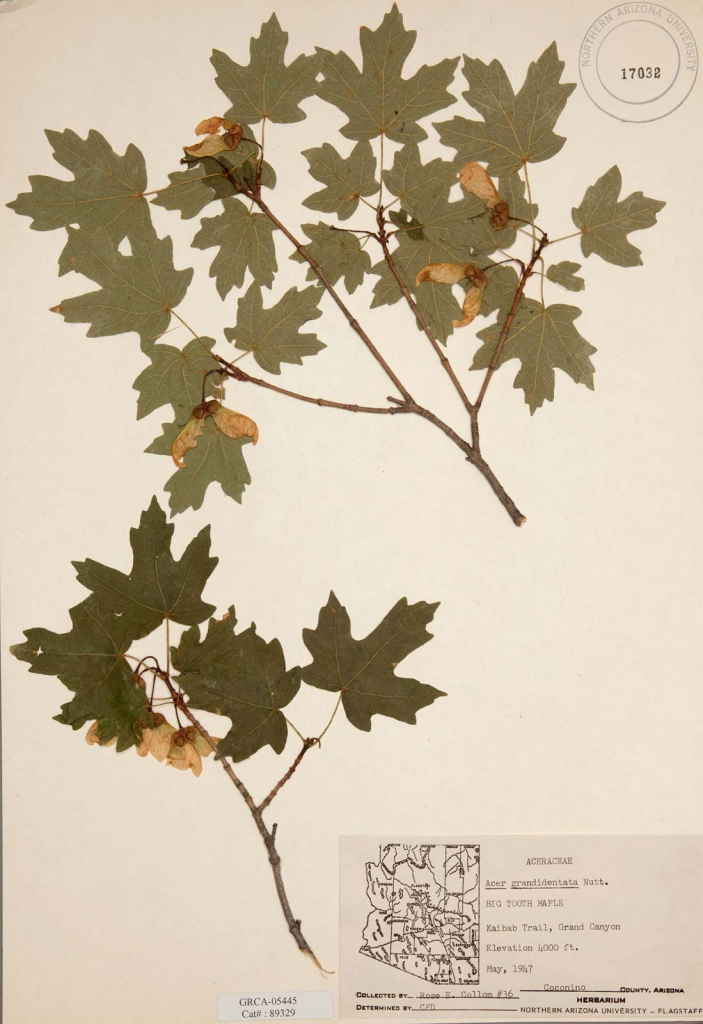Hildebrandt
12, October 2023
CODE 120
MC #2
The Missouri Botanical Gardens has a herbarium with collections of preserved plants, specimens, and other data used for studies. One of the best research collections in the world for bryophytes and vascular plants is the herbarium at the Missouri Botanical Garden. These two main plant categories are the only ones included in the collection. In 2018, there were around 7 million specimens in the collection.

Example of plant pressing researchers use.
Although The Missouri Botanical Gardens herbarium is a great place for research to be conducted, wicked problems arise. There are access problems, excluding other systems of knowledge (very Western), and hard to sustain and fund.
One issue the herbarium faces is access problems. In a herbarium, all plants are concentrated in a single location. This wicked problem has no easy solution and can feel irreversible. Herbarium specimens may be vulnerable to deterioration from incorrect storage, water damage, mold, pests, detached specimens, dust, and dirt. Much of the potential damage can be reduced or avoided via proactive conservation.
There are three key bits of information on each herbarium sheet. The physical specimen itself, which consists of stems, leaves, roots, flowers, and fruits, is the most obvious. Researchers may identify the species from these and see how different the individual plants are within and between groups. The foundation for species descriptions and identification keys is the measurements and observations of specimens. The interior chemistry of the specimens can reveal additional information, including genetic information.

Another issue the herbarium faces is that it is Western and excludes other systems of knowledge. Sampling biases can be categorized broadly into various groups. The imbalanced sampling of some taxa or clades over others is known as taxonomic or phylogenetic bias, and it often results from a collector’s scholarly interests or the allure of plants. Geographic bias arises when samples are gathered more frequently in one location compared to another, frequently due to accessibility differences. There are big taxonomic gaps in data on the occurrence of plants worldwide, Strong temporal discontinuities in occurrence records across decades, extensive spatial gaps in areas with high concentrations of plant diversity, particularly in Asia, Central Africa, and the Amazon, and these factors can all make it difficult to draw conclusions about how current and upcoming environmental change will affect plants.
The last wicked problem the herbarium faces is that it’s hard to sustain and fund. Small herbaria’s are not digitizing their collections and making them accessible online for a variety of reasons. several tiny herbaria have challenges like a lack of financing, a staffing shortage, and curators who have several duties outside of the collection (such as teaching, counseling students, and conducting research outside the collections). Prioritizing these efforts becomes even more challenging because curators at smaller institutions frequently do not receive any credit toward promotion for their curatorial responsibilities. Additionally, collection managers and curators who desire to digitize could find it difficult to know where to start and what their alternatives are.

In conclusion, there are many wicked problems the herbarium faces. Herbarium specimens are used as a source of information on plant species (such as the habitats where they exist, when they flower, and what compounds they contain), as validation or documentation, as a reference for identification, and to record the diversity of plants in a specific geographic area.
References
Harris, Kari M, and Travis D Marsico. “Digitizing Specimens in a Small Herbarium: A Viable Workflow for Collections Working with Limited Resources.” Applications in Plant Sciences, U.S. National Library of Medicine, 11 Apr. 2017, www.ncbi.nlm.nih.gov/pmc/articles/PMC5400430/.